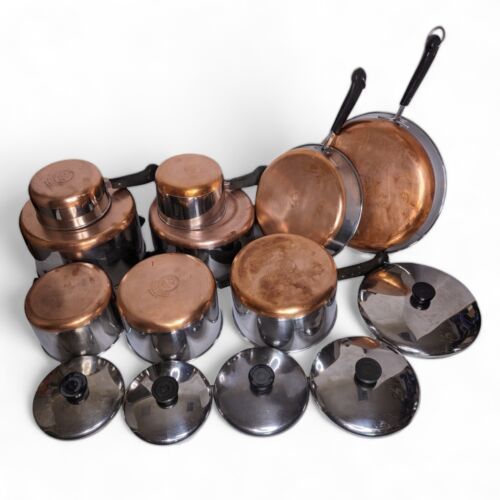#Vintage #Revere #WareAlive #Cooking #WorthPoint
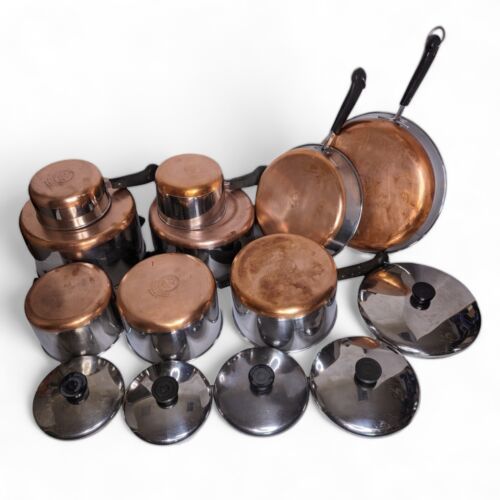
“Don’t buy Revere Ware!” thrifting influencers shout on social media. “It’s not worth reselling!” Well, I have bought and sold this vintage copper-bottom cookware regularly, and I have no regrets. However, it’s wise to equip yourself with knowledge before you go thrifting because not all of Revere Ware is the same.
Paul Revere Makes His Mark
The long and winding Revere Ware story dates back to the early 1800s, when silversmith Paul Revere opened Revere & Son in Massachusetts, manufacturing bells, cannons, and copper sheets used to protect ship hulls from rot. And yes, this is the same man who would eventually reach folk-hero status for his midnight ride through Lexington, Massachusetts, warning, “The British are coming!” thus marking the beginning of the Revolutionary War in 1775.
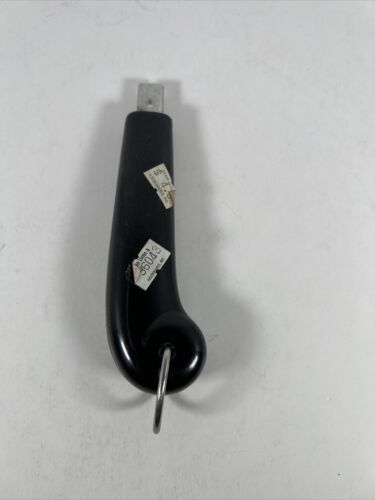
Jump ahead to 1938, and the company, now known as Revere Copper & Brass, Inc., had just perfected an electroplating process that adhered copper to stainless steel. By 1939, the Revere Ware 1400 line debuted at the Chicago Housewares Show. The sleek and futuristic collection included stainless steel pots, saucepans, skillets, coffee pots, and tea kettles. They featured Bakelite handles, rolled edges for added strength, and a shiny layer of copper on the bottom, ensuring a consistent heating surface that cooks desire. “They were classic, they were classy, and they were utilitarian enough to stand up to considerable use for nearly 40 years, or at least 25,” wrote Daniel Neman of the St. Louis Post-Dispatch in 2015.
At this point, I will split the Revere Ware story into two eras—before and after 1968. Pieces before 1968 had all the telltale signs of quality. After 1968, the company began producing cookware with thinner copper cladding to save money, significantly reducing the even heating process the product was known for.
More wrong moves followed, including making aluminum cookware while competing with brands making the new Teflon-coated lines. “One day you’re flying high, and the next someone decides to start manufacturing aluminum pots,” Neman wrote, adding that the company changed hands several times and endured a few bankruptcies until “Revere Ware just fizzled away.”
Corning Glass bought Revere Ware in 1988. In the 1990s, the name Revere Ware was licensed for a line of cookware marketed to a younger generation of buyers. In 2018, production ceased permanently, and Revere Ware’s ride was over.
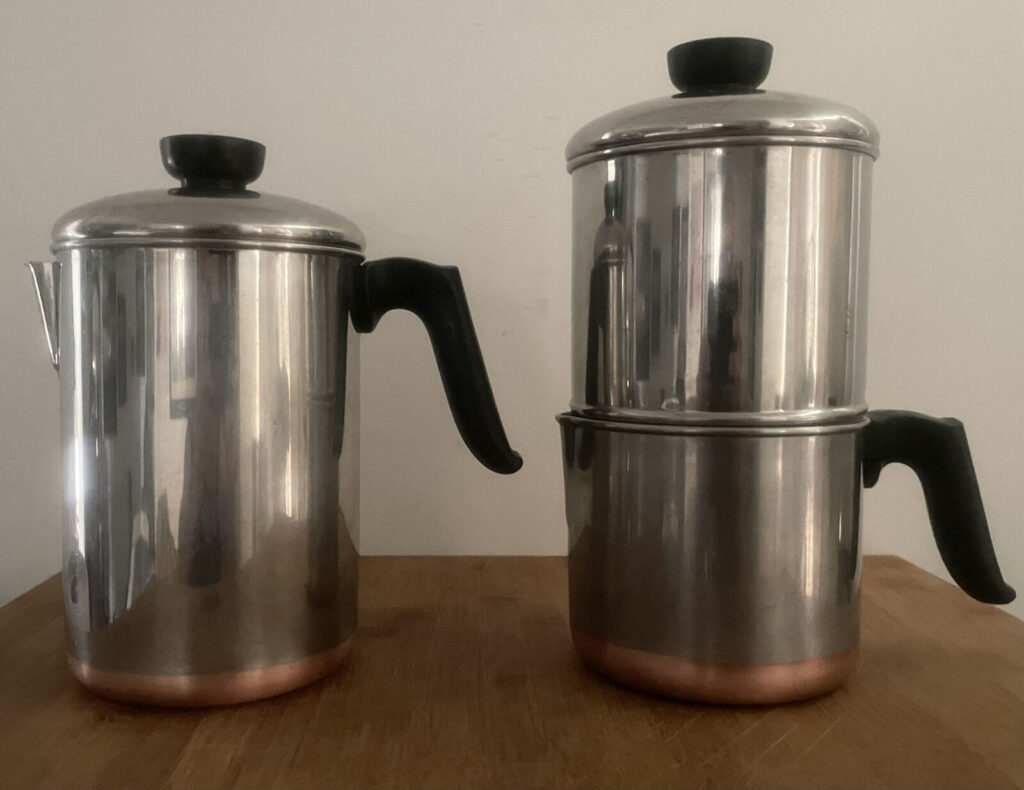
Collecting Vintage Revere Ware
Meanwhile, here we are today, on the trail to find those elusive pre-1968 cookware pieces that are becoming increasingly harder to find. So, when you’re out at a garage sale and find a grungy copper-bottom skillet, how do you know if it was made before or after 1968? You rely on clues. Here are some that I’ve gathered:
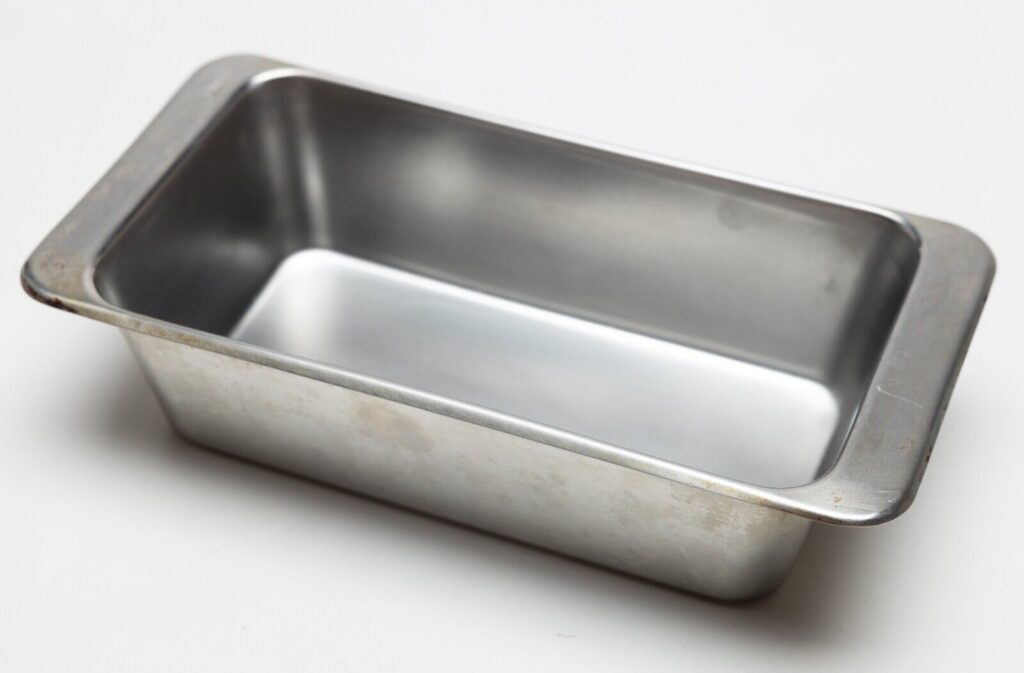
Collecting and Selling Revere Ware
Although this historic cookware is no longer made, younger cooks are discovering it in thrift stores and even collecting pieces made after 1968. Just because the copper cladding was thinner during those years doesn’t mean they were all complete duds. They still hold up to today’s cookware, which is likely much costlier. If you can find obscure pieces like percolators or measuring cups, that’s even better.
Additionally, if you find a pot or pan in bad shape, check the other parts, like the lid and handle. If those pieces are still usable, you can remove and resell them or keep them in case you ever need a replacement. Remember that collectors still search for replacement pieces like handles, lids, lid knobs, and other hardware like screws and metal hanging rings.
If you’re in the market for vintage pieces to add to your collection, the Worthpoint Price Guide is a handy tool for determining selling price trends.
Cleaning Revere Ware
Once you get your Revere Ware home, it will probably need a good scrubbing to remove tarnish and food stains. I rely on two standouts in my arsenal of cleaning products: Barkeeper’s Friend and Scotch Brite Scrubbing Pads. With some elbow grease (and a robust Spotify music playlist), I can efficiently give these sturdy vintage pots and pans the respect they deserve, returning them to their former glory.
Others recommend homemade concoctions like salt and lemon juice or baking soda and vinegar. I tried these methods but was not very successful.
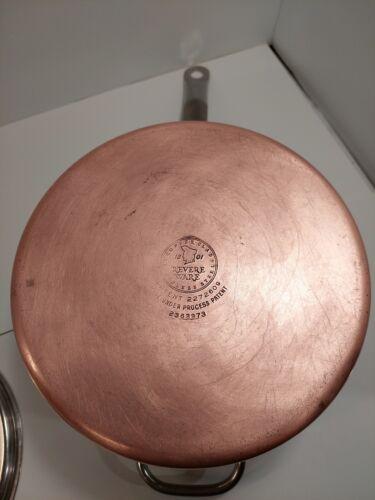
Want To Know More?
As I wrote earlier, Revere Ware has a vast and colorful history. If you want to delve into this subject further, here are a few places to start:
- I discovered a small Facebook group devoted to buying, selling, and restoring Revere Ware. From this group, I learned that rubbing mineral oil on the Bakelite handle after it’s cleaned will keep it from drying out.
- “These babies last forever,” notes Reddit user Conscious_Ad1100. “I’m 61 and using a set my mom received as a wedding gift in 1946. Easy to clean. No damned coating to flake or chip off. Good heat distribution. And they look really pretty when the copper’s all polished up.”
It might mean more work, but I firmly believe thrifting cookware is a satisfying endeavor. If you have the means to fill your kitchen with shiny, high-end cookware, by all means, go for it. However, I prefer the warmth and character of old stuff with a story.
Between excursions to hunt for antiques and vintage décor, Lynda Houston is busy restoring her 1950s cottage in Cincinnati, Ohio. She and her partner, Dave Beck, operate TheRustInPeaceShop on Etsy.
WorthPoint—Discover. Value. Preserve.

